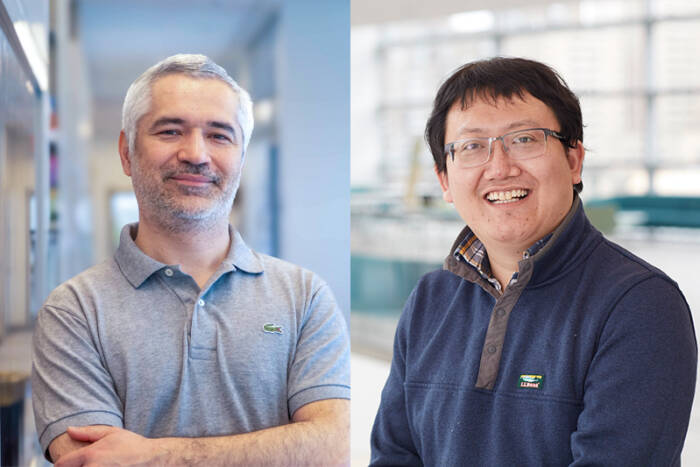Mark Schroeder
B.S., Cornell University
Hierarchy and Cis Regulation in Drosophila Segmentation:
Rules for Pattern Formation and Clues to Evolution
presented by Ulrike Gaul
It is a great pleasure to present Mark Schroeder as a graduate today. Mark is one of the few and the brave who seek to bridge the divide between computation and experiment, which we know is not an easy task. He came to my lab with a strong background in bioinformatics but with the explicit wish to combine in silico and in vivo methods to study the transcription control of pattern formation in the Drosophila embryo. And he proceeded to do nothing less than rewrite the textbook on a key paradigm of developmental biology.
The regulation of gene expression lies at the core of animal development. For example, the segmented body plan of the fly is set up in the early embryo by a hierarchically organized network of transcription factors that subdivides the embryo into increasingly smaller and sharper domains of expression. How is the patterning information encoded in this system and how is it unfolded? The problem had attracted a lot of attention when the participating genes were first discovered, but the effort waned in the 1990s, due to the limitations of the extant experimental approaches. With the sequencing of the Drosophila genome, computational approaches became feasible and Mark decided to take another look. Adapting an algorithm developed in collaboration with Eric Siggia’s group, which searches genomic sequence for clusters of transcription factor binding sites, Mark identified some 25 new regulatory elements that drive expression in different regions of the embryo. When he analyzed the now vastly expanded set of regulatory elements, Mark discovered basic rules governing their composition and thereby laid the groundwork for our effort to predict expression patterns from the regulatory sequence. For the second part of his thesis, Mark decided to delve further into the biology of segmentation and to dissect the fascinating transition from nonperiodic to periodic patterns in the network. Using a diverse arsenal of methods, Mark showed that control by the maternal and gap factors reaches much deeper into the hierarchy than previously thought, and that the received classification of pair rule genes has to be revised.
Mark’s work provides a great example of a productive integration of computation and experiment. His success rests on a rare combination of biological understanding, technical skill and creativity that he brought to the task. Mark has a remarkable ability to look at a question from all sides, to dig deeper and to think outside the box, which allowed him to devise smart new ways to probe his data and visualize the results, and to see things that nobody had ever noticed before. This ability is in fact so well developed that it sometimes took strenuous effort to bring Mark back near the box, let alone into the box. One of Mark’s specialities in group meeting was to come up with real clever yet Byzantine experiments that would definitely resolve the posited question, only with the slight drawback that it would take forever. Such flights of imagination would be greeted by more or less gentle teasing, which Mark endured with good humor. All of us, however, cherish him as an incisive discussant with near-infinite curiosity and great nimbleness in critically following scientific questions well outside his immediate area of expertise.



